By Lt. Col. Harold E. Raugh, Jr., Ph.D., U.S. Army (Ret.)
That would be absurd,” responded the legendary Royal Navy Admiral Sir (later Lord) Horatio Nelson to the patriotic lady asking to rename her pub the Nelson Arms, “seeing I have but one.” Indeed, Nelson had made a significant contribution to the British naval victory at the Battle of Cape St. Vincent (February 14, 1797), and was in large measure responsible for the defeat at Tenerife in the Spanish Canary Islands (July 1797), where he was wounded and lost his right arm. Nelson’s exploits at both battles, however, were recognized by promotion, a knighthood, and the praise he yearned for. The year 1797 marked a watershed in Nelson’s career, and the loss of an arm did not prevent him from achieving even more spectacular successes in the wars with Napoleon.
At Cape St. Vincent, the British Mediterranean Fleet, under the command of the experienced and unorthodox Admiral Sir John Jervis, attacked the Spanish Royal Armada. Jervis, forming his fleet in line of battle, separated the Spanish fleet into two elements and assaulted the main body. Nelson, on board HMS Captain in the rear of the British line, detected Spanish ships attempting to escape eastward. Using his initiative—not disobeying orders as noted by earlier historians—Nelson acted decisively and sailed alone toward the disorganized Spanish fleet. In the ensuing melee, Nelson personally led the boarding party and captured a virtually unprecedented two Spanish ships. It was truly “the most glorious Valentine’s Day” for the victorious British fleet.
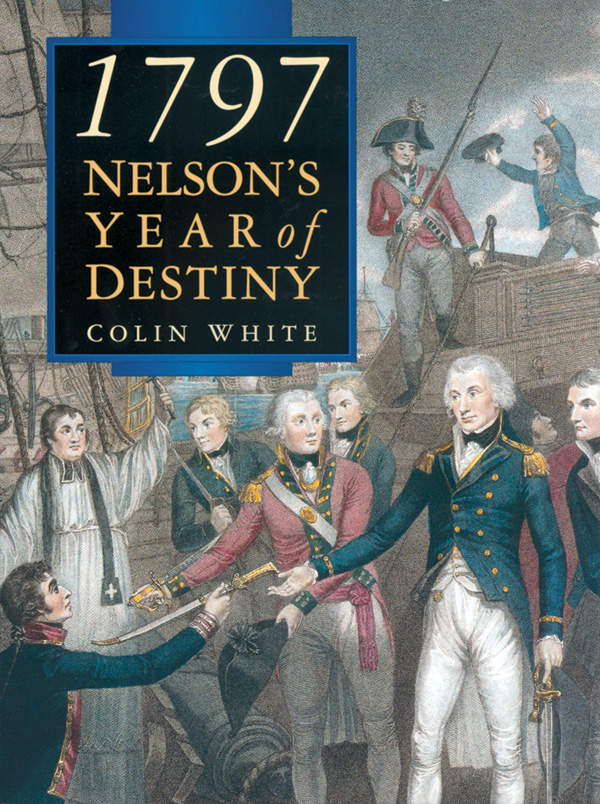 The operation to attack Tenerife originated in the desire to capture Spanish gold ships and to instill fear and a sense of vulnerability into the Spanish. Jervis gave Nelson a strong force of three 74-gun battleships, three frigates, and two smaller vessels to accomplish this mission. This was Nelson’s first major independent command, and as he waited on his flagship the first British landing was aborted. A second landing party made it ashore, but failed miserably and was forced to retreat. Frustrated and perhaps overconfident, Nelson then planned a frontal assault and was to lead personally one of the six landing parties involved. The defending Spaniards concentrated their fire on the invading British, shattering their attack as well as Nelson’s right elbow. While Nelson was responsible for this disaster, the press blamed the politicians for ostensibly having demanded the action, and he emerged as the gallant hero who had sacrificed his arm for King and country.
The operation to attack Tenerife originated in the desire to capture Spanish gold ships and to instill fear and a sense of vulnerability into the Spanish. Jervis gave Nelson a strong force of three 74-gun battleships, three frigates, and two smaller vessels to accomplish this mission. This was Nelson’s first major independent command, and as he waited on his flagship the first British landing was aborted. A second landing party made it ashore, but failed miserably and was forced to retreat. Frustrated and perhaps overconfident, Nelson then planned a frontal assault and was to lead personally one of the six landing parties involved. The defending Spaniards concentrated their fire on the invading British, shattering their attack as well as Nelson’s right elbow. While Nelson was responsible for this disaster, the press blamed the politicians for ostensibly having demanded the action, and he emerged as the gallant hero who had sacrificed his arm for King and country.
Author Colin White of the Royal Naval Museum has written a fascinating and compelling account of Nelson’s role in the conduct and outcome of these battles in 1797, Nelson’s Year of Destiny: Cape St. Vincent and Santa Cruz de Tenerife (Sutton Publishing, Stroud, Glos., UK, 2001, 167 pp., illustrations, maps, sources, appendices, bibliography, index, $18.95 softcover). White’s dissection and assessment throughout this study of Nelson’s complex character—courageous, determined, and decisive, yet vain, “micromanaging,” and hungry for praise and recognition—is interesting and insightful. Moreover, White has incorporated the results of new research, especially that of Spanish scholars and previously unknown battle narratives, with existing material to provide a balanced narrative and assessment of one of the most critical years of Nelson’s life.
White’s 1797, Nelson’s Year of Destiny, is a finely researched, well written, and profusely illustrated study of Nelson’s role in—and professional development as a result of—the tremendous success at Cape St. Vincent and stunning failure at Tenerife. The stage was set for Nelson to achieve a remarkable victory at the Nile and immortality at Trafalgar.
Recent and Recommended
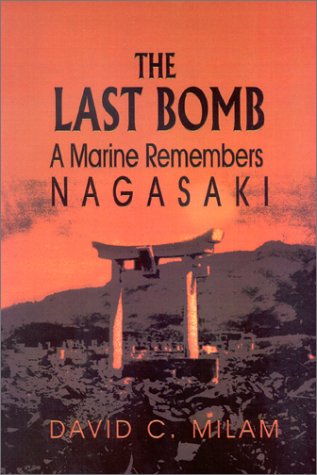 The Last Bomb: A U.S. Marine’s Memoirs of Nagasaki, by David C. Milam, Eakin Press, Austin, Texas, 2001, 60 pp., illustrations, maps, notes, $15.95 softcover.
The Last Bomb: A U.S. Marine’s Memoirs of Nagasaki, by David C. Milam, Eakin Press, Austin, Texas, 2001, 60 pp., illustrations, maps, notes, $15.95 softcover.
Soldiers’ wartime accounts and reminiscences frequently end with the euphoria and relief surrounding the cessation of combat. Any remaining service, occupation duty, and demobilization are relatively anticlimactic and generally deemed not worthy of recording.
Marine Corporal David C. Milam’s most memorable experiences took place after the Japanese surrender ending World War II. Milam went through basic training in 1943 at San Diego and then, along with a number of Navajo “code talkers,” was assigned to the 5th Marine Division as an artilleryman. He fought at Iwo Jima, where the “only way to take the island was a rock at a time.” The first atomic bomb was dropped on Hiroshima on August 6, 1945, and the second three days later on Nagasaki, finally convincing the Japanese to surrender, which they formally did on September 2, 1945.
Milam’s 5th Marine Division set sail from Hawaii on September 1, 1945, for occupation duty on Japan, arriving at Sasebo on September 22. Six weeks later, Milam and many of his comrades were assigned as military policemen to the 2nd Marine Division in Nagasaki. Because of the unprecedented bomb damage at “ground zero,” the lingering horror of human debris, and generally unknown effect of radiation, taking photographs and souvenir hunting was strictly prohibited. As Milam explored the area he found “so many remarkable things” that he decided to take photographs, “regardless of the threats” of his superiors. Over two dozen mesmerizing and previously unpublished photographs taken by Milam from early November 1945 to July 1946 provide a mute but moving testimony to the lethality of the atomic bomb.
Corporal Milam’s anecdotal memoirs and his Nagasaki photographs make a significant eyewitness contribution to an understanding of the reasons for, nature of, and results of America’s hard-won war in the Pacific.
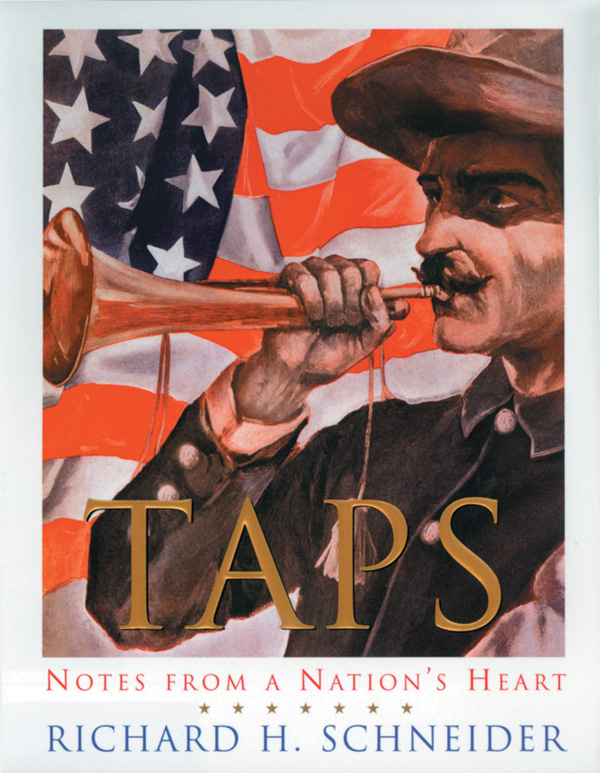 In Brief
In Brief
Taps: Notes from a Nation’s Heart, by Richard H. Schneider, William Morrow, New York, 2002, 134 pp., illustrations, $19.95 hardcover.
When played at military ceremonies, especially funerals, the melancholy yet comforting strains of the bugle call “Taps” have the ability to send shivers up the spine and bring tears to the eyes of the most stoic soldiers and veterans. This small book explores the legendary and factual histories of “Taps,” covering in detail the lives of its arranger, U.S. Army Maj. Gen. Daniel A. Butterfield, and the bugler, Private Oliver W. Norton, who assisted him. There are numerous stories from Arlington National Cemetery where “Taps” is probably played more—at some 20 to 30 military funerals each day—than at any other location. The text is punctuated frequently by sidebar boxes containing vignettes and anecdotes, from prominent as well as “regular” citizens, highlighting personal experiences involving “Taps.” This book is an interesting and entertaining, poignant and thought-provoking overview of and homage to the world’s most moving 24 musical notes.
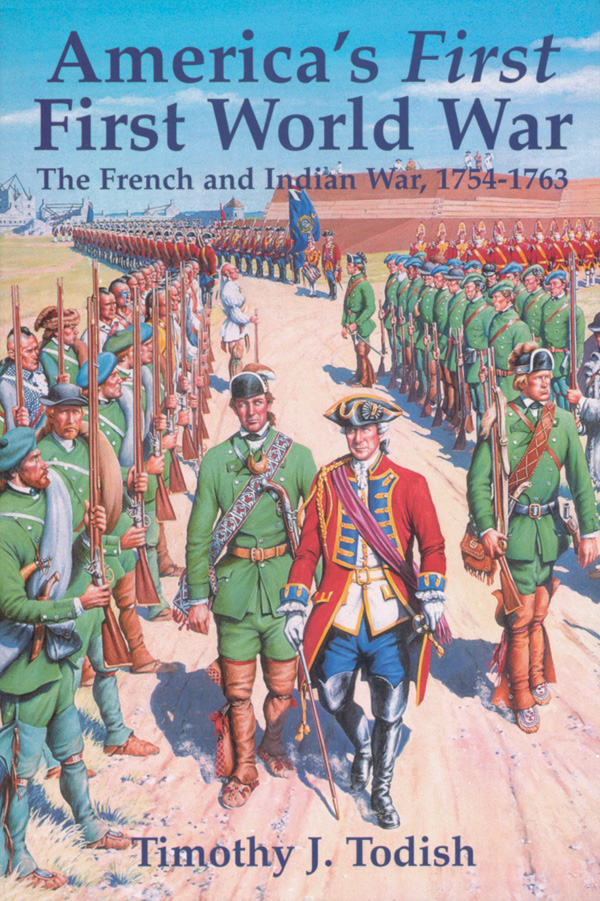 America’s First First World War: The French and Indian War, 1754-1763, by Timothy J. Todish, Purple Mountain Press, Fleischmanns, NJ, 2002, 125 pp., illustrations, map, notes, bibliography, index, $15.00 softcover.
America’s First First World War: The French and Indian War, 1754-1763, by Timothy J. Todish, Purple Mountain Press, Fleischmanns, NJ, 2002, 125 pp., illustrations, map, notes, bibliography, index, $15.00 softcover.
The French and Indian War, 1754-1763, was a struggle pitting France against Great Britain for possession of much of North America. Using primary and secondary source material, author Timothy J. Todish ably chronicles the conflict, from Colonel George Washington’s defeat at Fort Necessity in 1754, through ferocious battles at Fort Ticonderoga in 1758 and 1759, the irregular operations of Major Robert Rogers’ Rangers and the Battle of the Plains of Abraham at Quebec in 1759, to the surrender of the French forces at Montreal in 1760. This short, popular history of the French and Indian War provides a good overview of the seldom remembered imperial clash that basically determined the language Americans speak today and laid the foundations for the American Revolution.
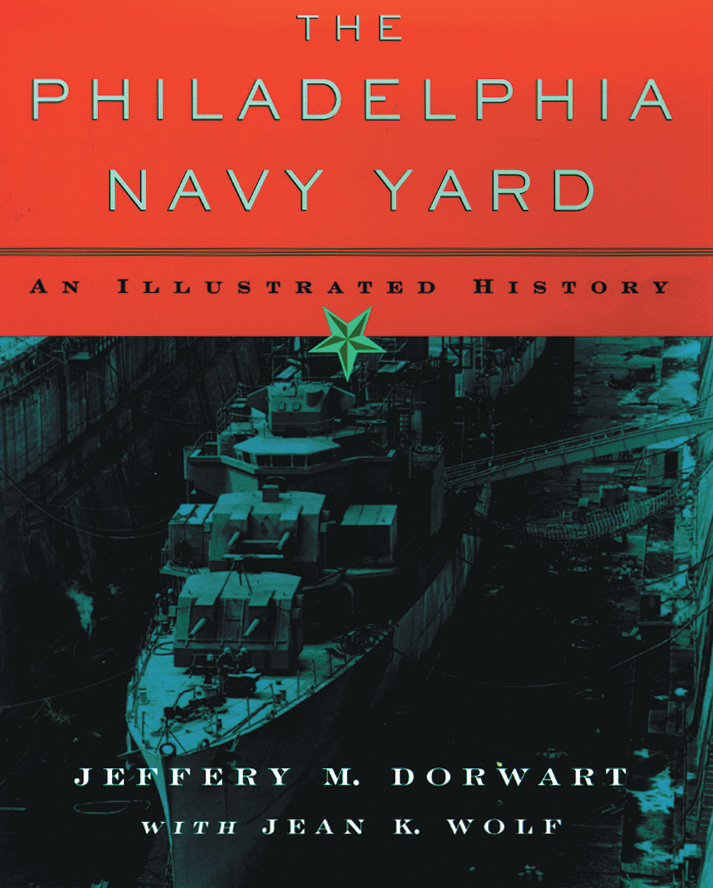 The Philadelphia Navy Yard: From the Birth of the U.S. Navy to the Nuclear Age, by Jeffery M. Dorwart with Jean K. Wolf, University of Pennsylvania Press, Philadelphia, 2001, 271 pp., illustrations, maps, notes, index, $45.00 hardcover.
The Philadelphia Navy Yard: From the Birth of the U.S. Navy to the Nuclear Age, by Jeffery M. Dorwart with Jean K. Wolf, University of Pennsylvania Press, Philadelphia, 2001, 271 pp., illustrations, maps, notes, index, $45.00 hardcover.
The Philadelphia Navy Yard was the U.S.’s first Navy yard, original Navy shipbuilding facility, and the birthplace of the U.S. Navy and the Marine Corps. The Navy Yard’s rich history is chronicled in great detail with more than 120 riveting archival photographs and numerous maps in this interesting book. The author shows how the operations of the Navy Yard reflected organizational and technological advances in the U.S. Navy as well as the evolution of American power. From serving as a Continental shipyard, the Philadelphia Navy Yard (officially established in 1801) made important contributions to national defense. During the Civil War, Philadelphia built, converted, and outfitted more than one hundred warships, including ironclads. Fifty-three warships were constructed there during World War II. Postwar cutbacks and other factors caused the Navy Yard to close in 1996. Frequently stressing its geographical, physical, and other limitations, the author suggests that instead of questioning the Philadelphia Navy Yard’s 1996 closure, “the question more appropriately should have been why it had taken so long to do so.”
 The Alamo: A Cultural History, by Frank Thompson, Taylor Trade Publishing, Dallas, Tex., 2001, 264 pp., illustrations, appendices, notes, index, $27.95 hardcover.
The Alamo: A Cultural History, by Frank Thompson, Taylor Trade Publishing, Dallas, Tex., 2001, 264 pp., illustrations, appendices, notes, index, $27.95 hardcover.
The Alamo, baptized in the blood of its stalwart and outnumbered defenders that Sunday morning of March 6, 1836, has become enshrined in the American psyche. In this fascinating book, film historian and writer Frank Thompson dissects and examines the defense of the Alamo as factual history. As the author peels away the layers of myth built up around the Alamo saga, he shows that original perceptions of good versus evil were not as clearly defined as imagined. In the process, he shows how the battle has assumed legendary proportions and become a cultural icon.
The image of the Alamo and the ideals for which the defenders supposedly died have evolved and become more profound—or embellished and distorted—with each generation. Plays, poems, and more recently, motion pictures, as revealed in scores of mesmerizing and nostalgic illustrations, remind us that the Alamo of Fess Parker and John Wayne was vastly different from the Alamo of Colonel William Travis, Jim Bowie, and Davy Crockett. This is a surprisingly informative, educational, and entertaining book.
The Fremantle Diary, Being the Journal of Lieutenant Colonel Arthur James Lyons Fremantle, Coldstream Guards, on his Three Months in the Southern States, reprint edited by Walter Lord, Burford Books, Short Hills, NJ, 2001, 304 pp., photographs, $16.95, softcover.
British Army Lt. Col. James Fremantle did more than just sympathize with the Confederacy during the American Civil War. He trekked the United States on vacation and spent March-July 1863 traveling across the South to General Braxton Bragg’s headquarters, where he spent a week. Continuing his journey north, Fremantle, who kept a detailed daily journal, joined General Robert E. Lee’s army on the march to Gettysburg.
Fremantle spent considerable time during the Battle of Gettysburg with Generals Lee and Longstreet and others, and has recorded interesting and pithy comments on their leadership and actions. A keen observer and superb writer, Fremantle was also concerned with and interested in many trivial items—such as dodging spit tobacco juice and alligators and methods of driving mules—that Americans would have ignored or taken for granted. Fremantle’s republished journal serves as a vivid and riveting tapestry portraying famous generals, unsung soldiers, and an American society in transition from agricultural to industrialized.
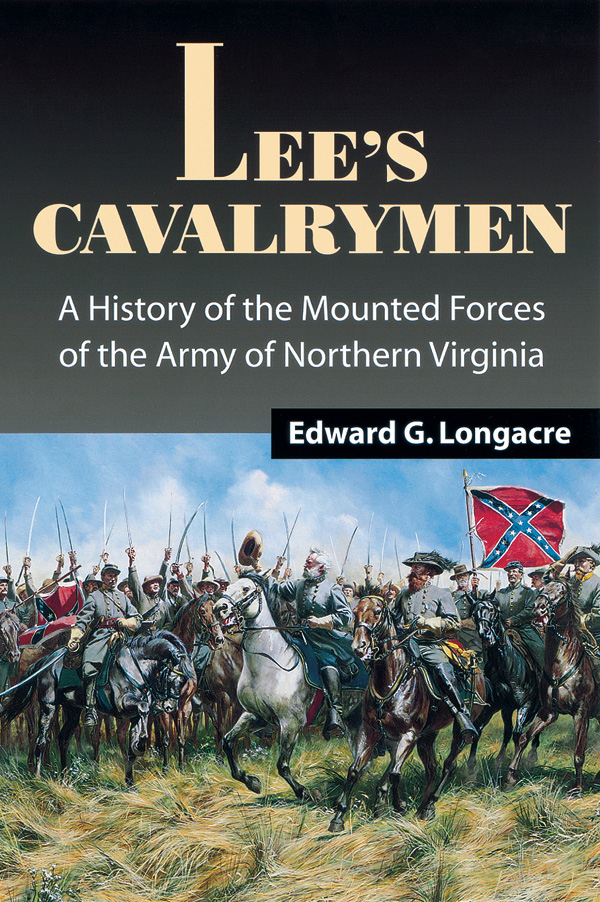 Lee’s Cavalrymen: A History of the Mounted Forces of the Army of Northern Virginia, by Edward G. Longacre, Stackpole, Mechanics- burg, Pa., 2002, 468 pp., illustrations, maps, notes, bibliography, index, $36.95 hardcover.
Lee’s Cavalrymen: A History of the Mounted Forces of the Army of Northern Virginia, by Edward G. Longacre, Stackpole, Mechanics- burg, Pa., 2002, 468 pp., illustrations, maps, notes, bibliography, index, $36.95 hardcover.
Prominent Civil War historian Edward G. Longacre’s comprehensive research and compelling narrative have brought to life the leaders and troopers, battles and campaigns, of the mounted forces of the Army of Northern Virginia—a surprisingly neglected topic. The author conducted research in more than 400 collections of unpublished letters, diaries, and memoirs, plus many other sources, to chronicle Confederate General Robert E. Lee’s cavalrymen and horse artillerymen in their wartime struggle against a multitude of enemies. The Union Army was not their only foe; as the war progressed, shortages of weapons, ammunition, and even horses became acute. All of the major campaigns in which these Confederate cavalrymen fought, with a few minor exceptions, are covered in detail. Longacre’s study is primarily an operational history, emphasizing the role of leadership, tactics, and the human dimension of warfare. Lee’s Cavalrymen—the companion volume to the author’s earlier Lincoln’s Cavalrymen—is interesting, informative, and a delight to read.
The Inniskilling Diaries, 1899-1903: 1st Battalion, 27th Royal Inniskilling Fusiliers in South Africa, edited by Martin Cassidy, Leo Cooper, Barnsley, S. Yorks., UK, 2001, 252 pp., illustrations, maps, appendices, notes, bibliography, index, $36.95 hardcover.
One of the many British Army units that fought gallantly in numerous battles of the 2nd Anglo-Boer War, 1899-1902, was the 1st Battalion, 27th Royal Inniskilling Fusiliers. The battalion’s wartime operations and activities are chronicled through the diary entries—placed next to each other in chronological order and connected with a descriptive narrative—of three unit members, Captain A.C. Jeffcoat, Lieutenant D.G. Auchinleck, and Private L.J. Bryant. The diary entries of the two officers are relatively brief, occasionally mundane, and relate their personal social experiences amid the continuous strain of leadership in combat. Perhaps surprisingly, Private Bryant’s diary is the most informative and comprehensive, unusual for a private over a century ago. Moreover, it contains many detailed descriptions and human interest vignettes. It is especially interesting to read the two officers’ accounts and then compare them to the private’s observations of the same events and people. The result is a fascinating and compelling chronology offering a bird’s eye view of an infantry battalion and its soldiers in the last great Victorian conflict.
Sergeant York: An American Hero, by David D. Lee, 1985, reprint, University Press of Kentucky, Lexington, 2002, 176 pp., illustrations, notes, sources, index, $17.00 softcover.
Sergeant Alvin C. York emerged from World War I as the consummate American hero. On the bloody morning of October 8, 1918, during the Argonne offensive in France, York’s patrol was attacked by Germans. A Tennessee backwoodsman, York picked off the advancing Germans just like he had killed turkeys back home, “starting from the back so the others would not realize what was happening and scatter.” In a few chaotic hours, York, virtually singlehandedly and armed only with a rifle and a pistol, killed 25 Germans and captured 132, and knocked enemy machine guns out of action. For his courage and unparalleled achievements in combat, York was awarded the Medal of Honor and decorated by many other nations. Author David Lee has chronicled York’s life, from his early religious upbringing to his war exploits, his rise to fame and return to his native hamlet. This is a fascinating, well written, and inspiring study of an average American who summoned his courage in a time of crisis and overcame tremendous adversity. Sergeant York, as brought to life in this riveting book, made greatness out of simplicity and personified America and its values at their best—a true hero.
Allied Secret: The Sinking of HMT Rohna, by Carlton Jackson, 1997, reprint, University of Oklahoma Press, Red River Books, Norman, 2002, 207 pp., illustrations, appendices, notes, bibliography, index, $17.95 softcover.
“There was a tremendous explosion,” Clarence Bailey later recalled, that rocked the ship “like a vehicle that was hit with a train.” Bailey, a U.S. Army soldier, was on board HMT (His Majesty’s Transport) Rohna sailing in “Suicide Alley” in the Mediterranean Sea when it was hit by a newly developed German- guided bomb on November 26, 1943. The sinking of the Rohna, in which 1,149 mainly American servicemen perished, was one of the greatest U.S. naval disasters of World War II, second only to the sinking of the USS Arizona at Pearl Harbor. At the time, however, the U.S Army, for reasons of wartime security, did not release the death toll from the disaster until February 1944, and refused to name the ship or any of the circumstances surrounding its sinking. This compelling narrative, based upon archival research and survivors’ memoirs, reconstructs in enthralling detail and with lively anecdotes the events of the sinking of the Rohna on that fateful day in 1943.
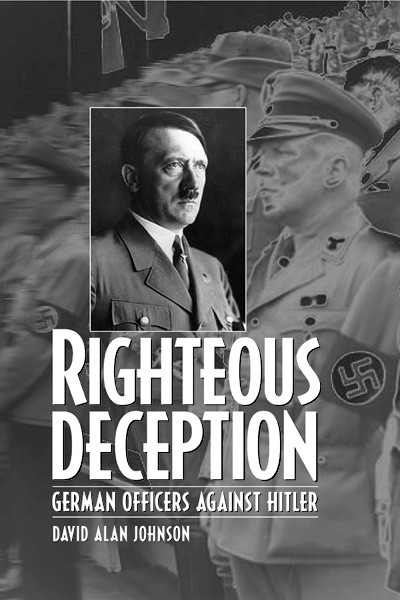 Righteous Deception: German Officers against Hitler, by David Alan Johnson, Praeger, Westport, Conn., 2001, 239 pp., illustrations, maps, notes, bibliography, index, $26.95 hardcover.
Righteous Deception: German Officers against Hitler, by David Alan Johnson, Praeger, Westport, Conn., 2001, 239 pp., illustrations, maps, notes, bibliography, index, $26.95 hardcover.
The German failure to prevent the Allies from establishing a beachhead at Normandy on D-day, June 6, 1944, has frequently been attributed to Adolf Hitler’s incompetence and indecisiveness. Author David Alan Johnson believes this is inaccurate, and that Hitler intentionally kept the Fifteenth Army in Calais because he was firmly convinced the Normandy landings were a diversion and not the main invasion. Admiral Wilhelm Canaris, head of the Abwehr (German Intelligence Service), assisted by Colonel Alexis Baron von Roenne (head of Fremde Heere West, Foreign Armies West) and other anti-Nazi conspirators, purposely gave Hitler altered, distorted, and at times even false intelligence information. It was supposedly false information provided by his own intelligence officers that persuaded Hitler to expect the main Allied invasion at Calais. The author provides contextual information on Allied deception plans for D-day; activities of intelligence operatives, especially within the “double-cross” system; and Canaris’s efforts to deceive Hitler. The narrative is fast paced and the topic intriguing, but a lack of convincing documentation renders some of its conclusions more speculative than definitive.
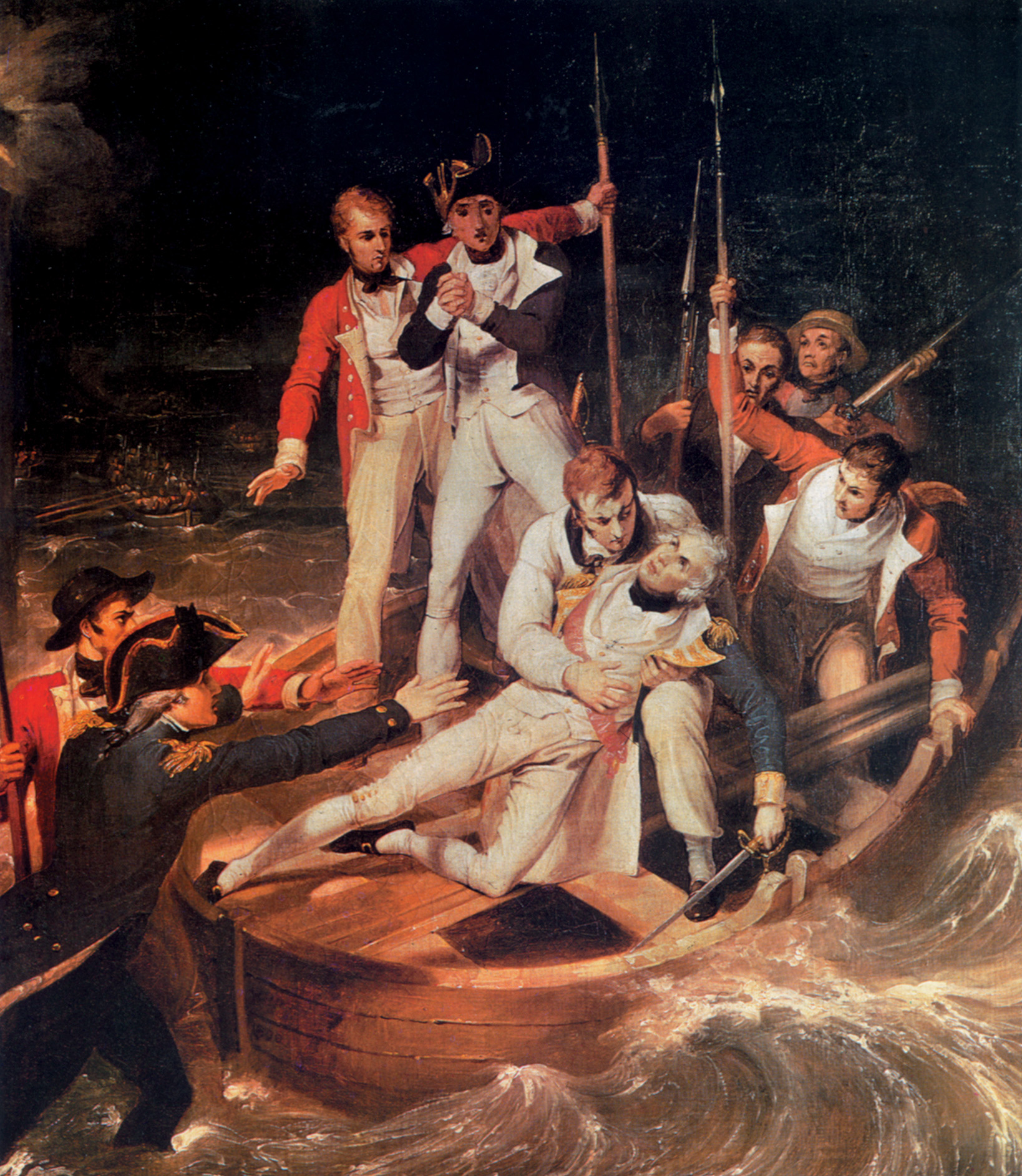
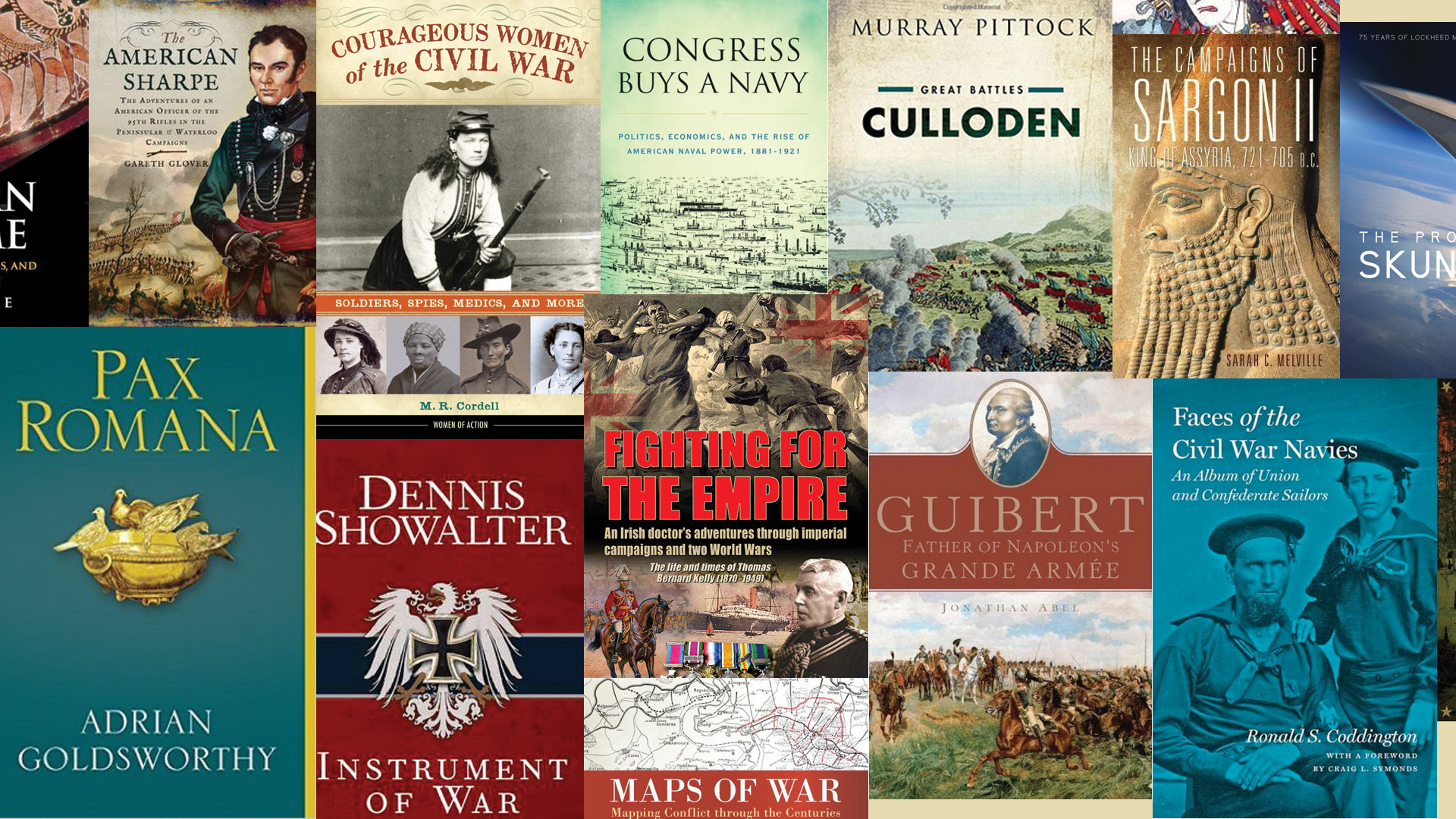
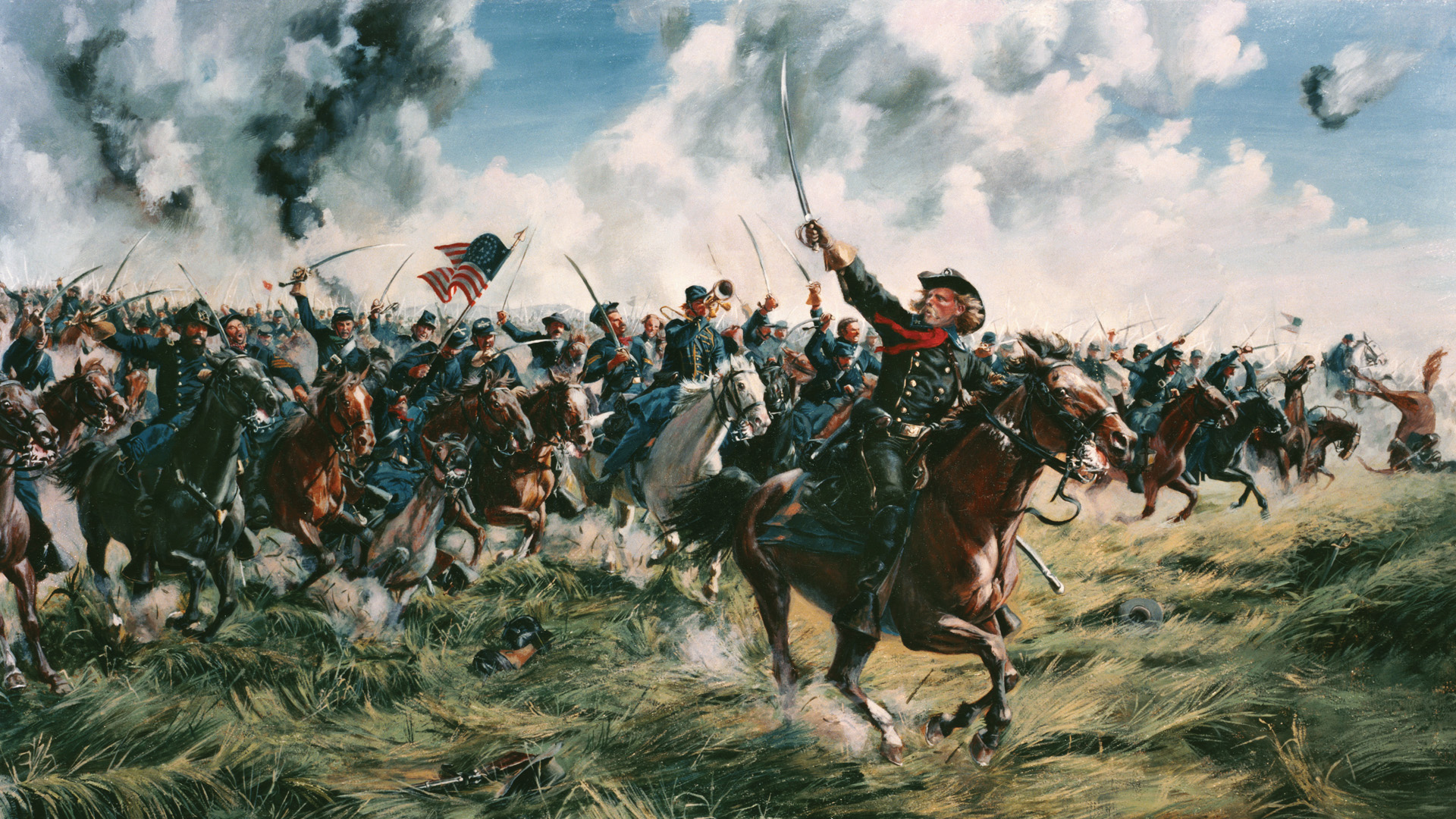
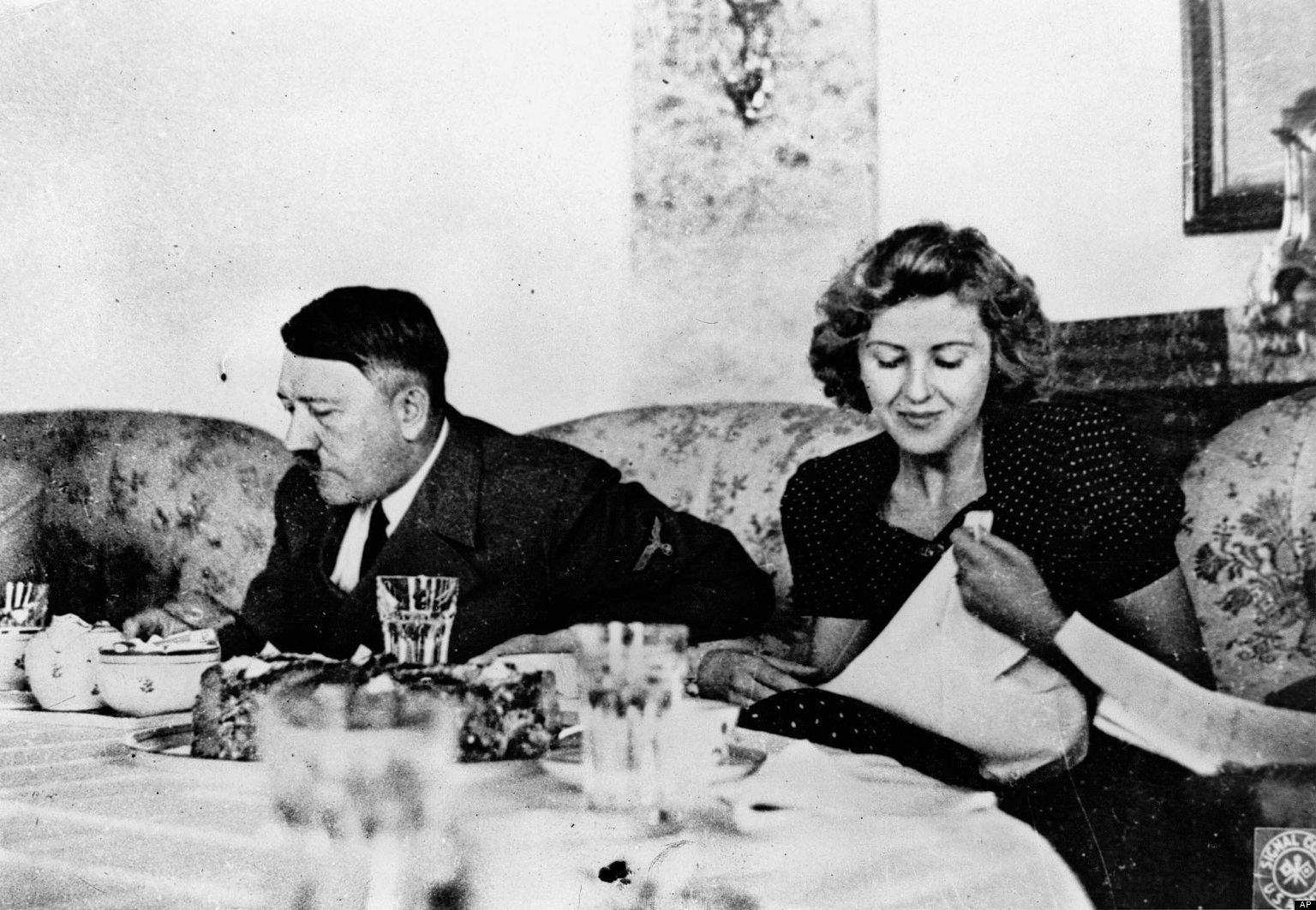
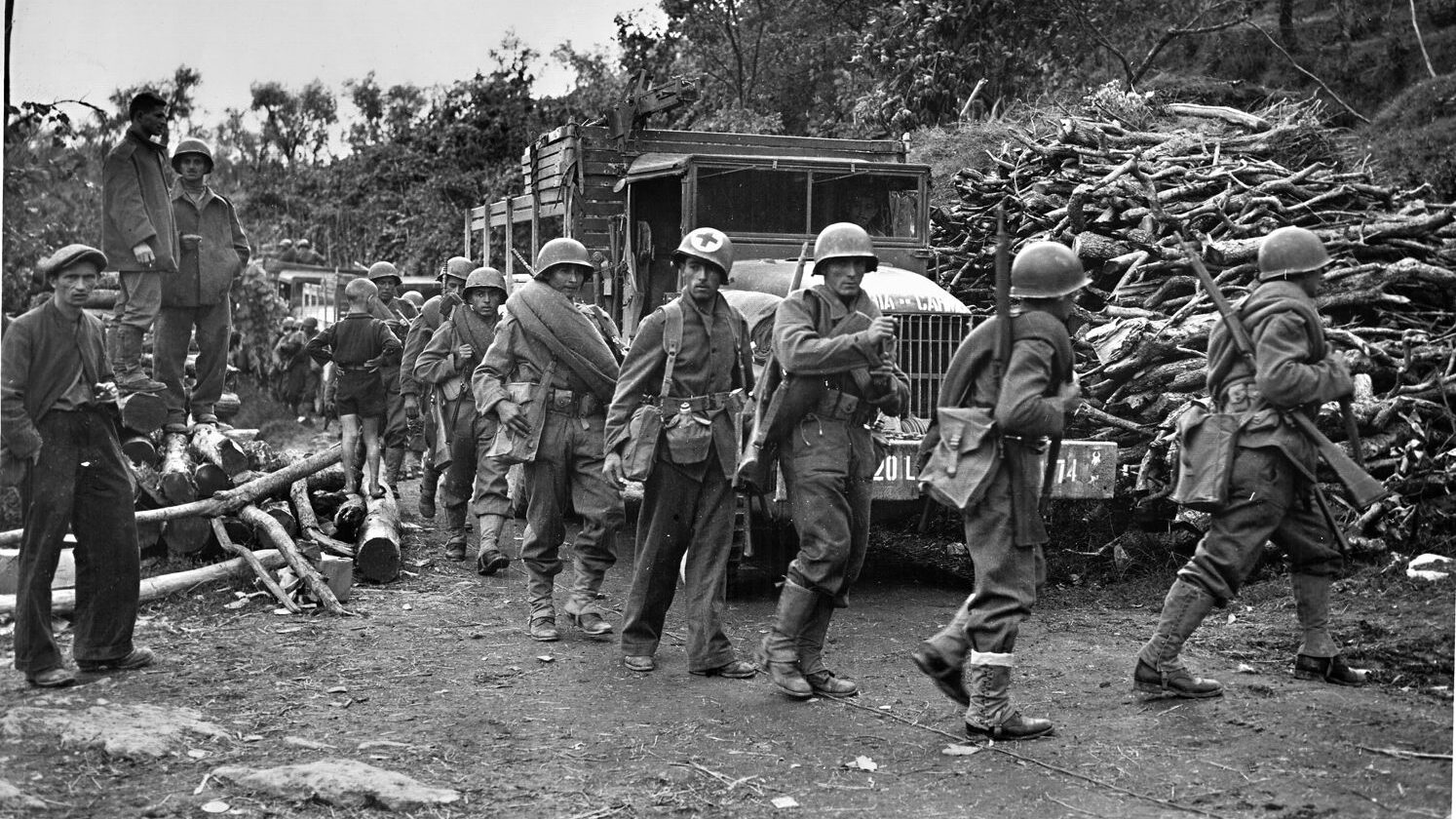
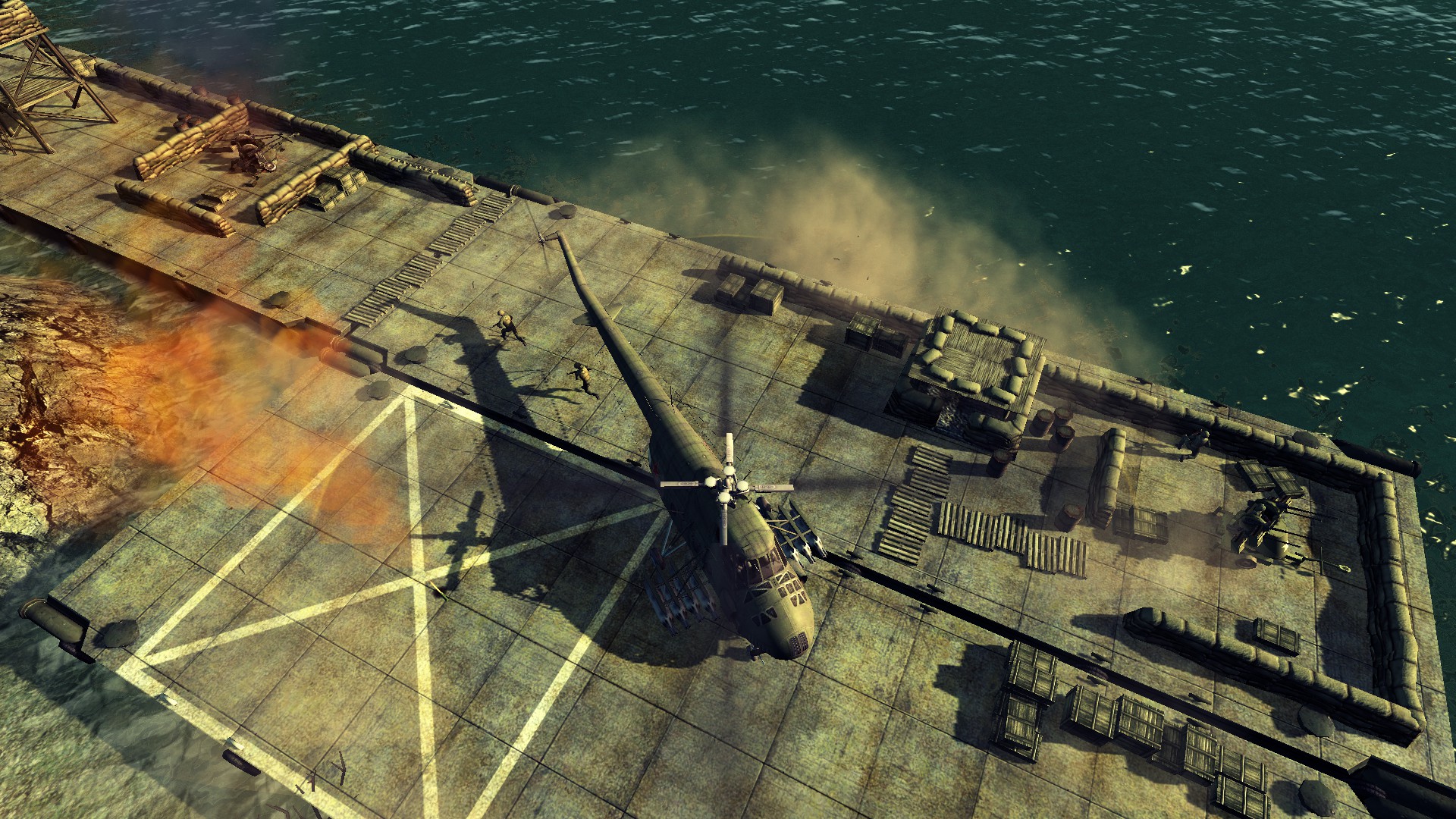
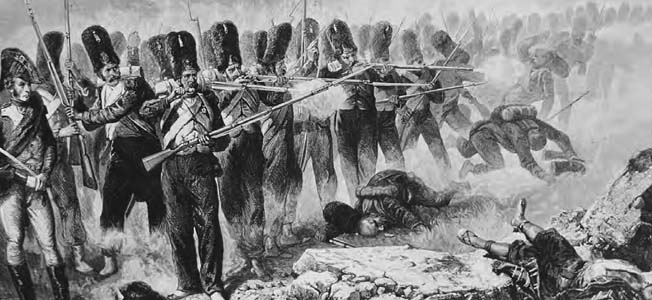
Join The Conversation
Comments
View All Comments